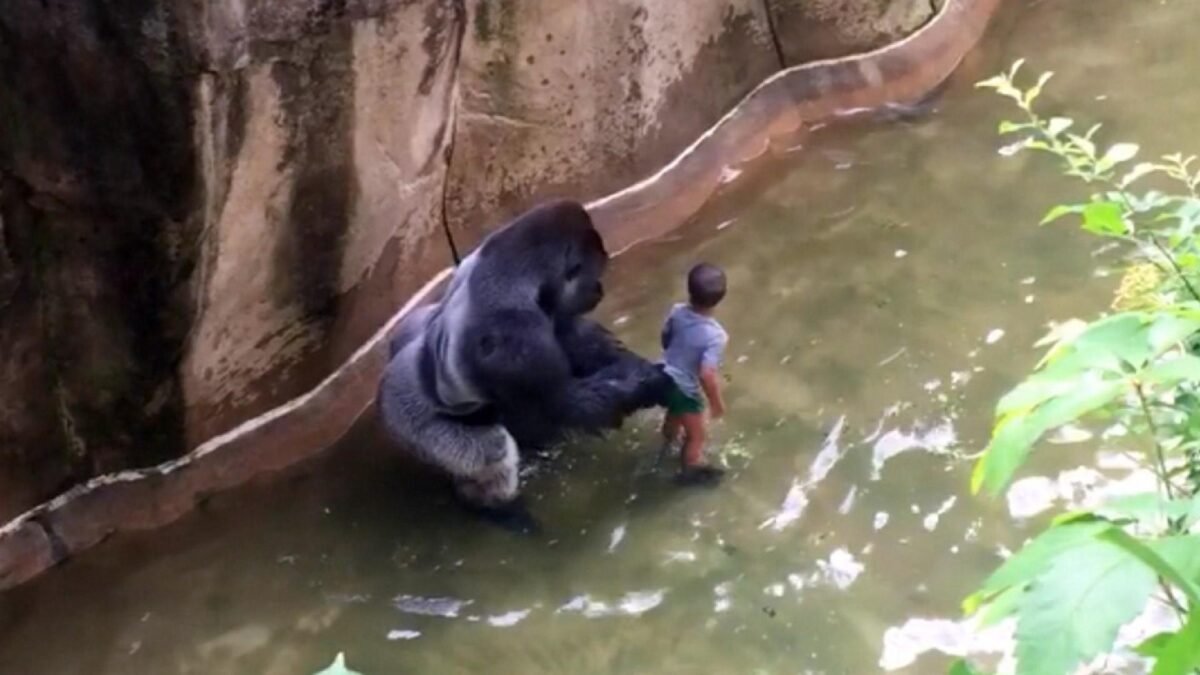-
The Shooting of Harambe the gorilla

The shooting of Harambe the gorilla at Cincinnati Zoo in May 2016 on the premise that he might have harmed a human was a reminder that human life will always takes precedence over that of an animal whatever the circumstances. Harambe died through no fault of his own. On the afternoon of 28 May 2016…
-
Whales injure tourists. Why can’t we leave wild animals in peace.

The fact that these gentle whales were using “classic defensive actions” is proof that they were upset and stressed. Recently on Ningaloo reef off the north west coast of Australia there have been three incidents in just one week involving tourists being seriously injured while swimming with whales on new organised tours. A 27 year…